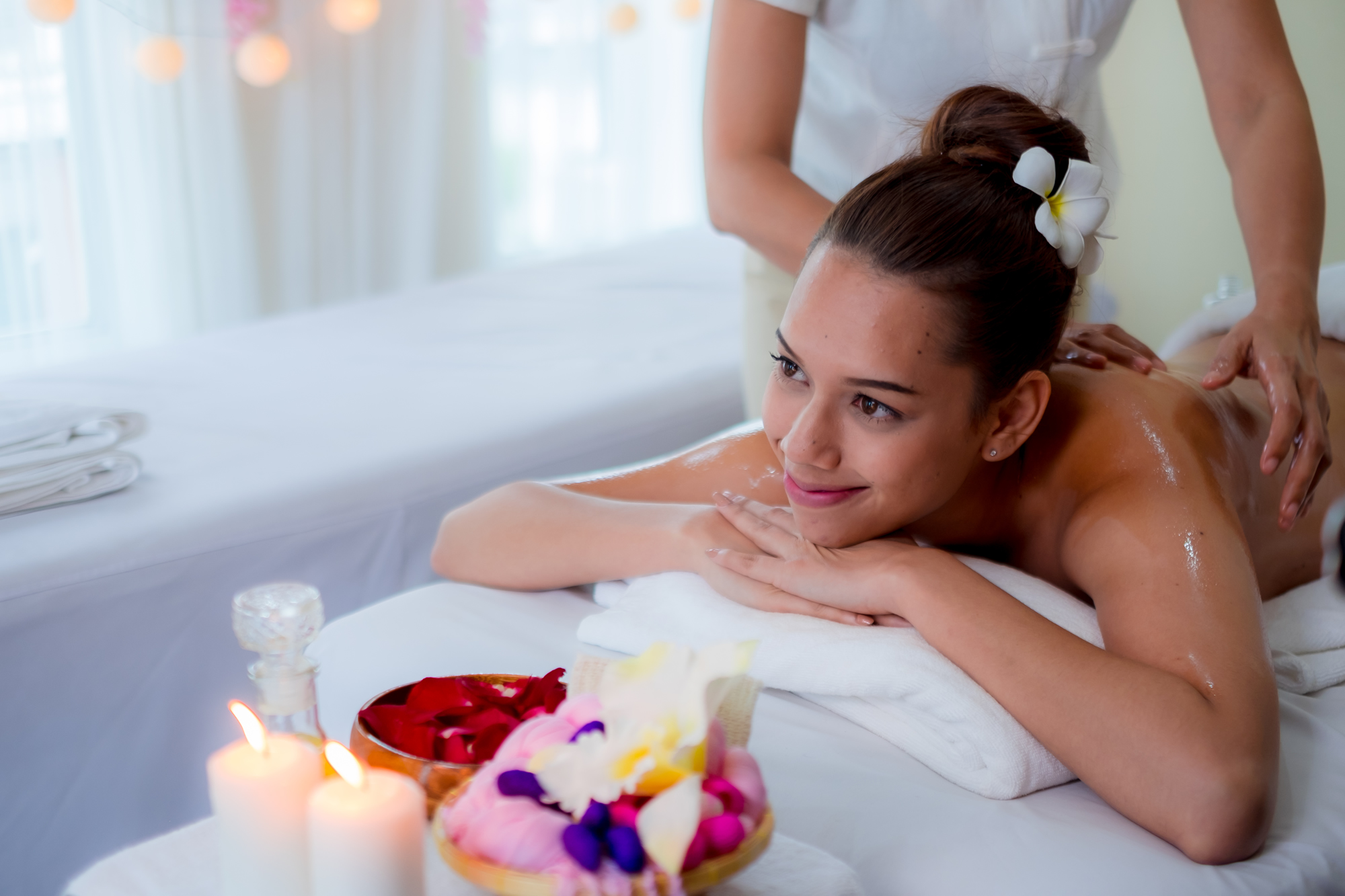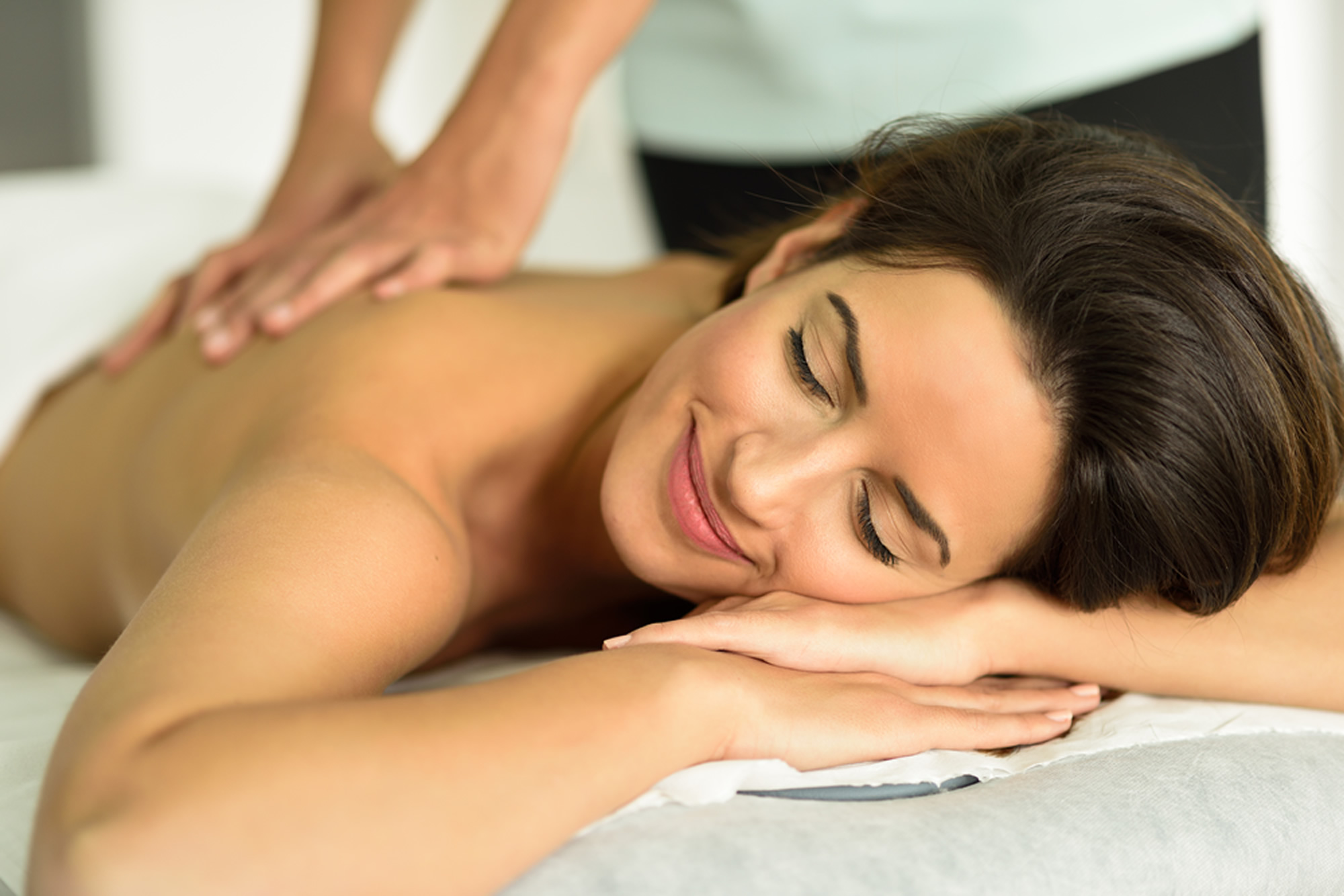You will encounter many different forms of massage depending where around the world you travel. However in this modern age, you can probably find all significant forms of massage within a close proximity.
[vc_row][vc_column][vc_column_text]As a licensed massage therapist and energy worker, I spend a large chunk of my day providing therapeutic bodywork—and sometimes energy sessions—to men. My male clients range in age from twelve-year-old boys to men in their late eighties. They arrive in an endless variety of colors, shapes, and physical conditions, and no two sessions are ever the same. What is markedly similar with nearly all of these clients, is their blind determination to beat their bodies to a pulp. With some of these clients, it feels like outright abuse, like an actual need for their bodies to hurt. “Wait,” you say. “Aren’t they coming in for a massage and other kinds of healing? Doesn’t that constitute self-care?” For too many of these boys and men, what they seek when they come to my door is repair. They are looking to me to get their bodies functioning again after the hockey injury, after the torn ligament, after the shoulder surgery. They’re not typically interested in promoting their wellness, and they’re not normally planning to dedicate resources to maintaining the healing they receive when they come to me. They share the attitude that they just want that arm working again, they just need to get the low back loosened up for now, so that they can go back out to the various arenas in which they do battle, with some chance of winning the next fight. And their bodies pay a horrific price. “How are you about hydrating?” I ask the fifty-something man on my table, as my hands slide over muscles that literally feel like corrugated cardboard. “Is this an old injury, or are you cell-phone-scrunching with this shoulder?” as I roll my elbow through a clump of muscle tissue that might as well be concrete. The way these men push and punish themselves—and me, by proxy—makes me kind of sad and angry. What are they trying to prove, and to whom, I wonder? With client after client, I sweat as I dig into the growing knots of muscle tissue and fascia that have been worsening over the years these men have abused and neglected their bodies. I stretch, pry, elbow, and pierce into shoulders, hips, and hamstrings. After years of private practice, I can intuitively FEEL the movements, the strains, the herculean efforts that created the bunched-up-cables that used to be muscle. Their bodies tell me exactly what has been done to them. I often have conversations with the clients about what I am finding in their bodies. “So,” I say, “It feels to me like you were making trips upstairs, carrying something really awkwardly.” “Wow!” they tell me, “That’s crazy – I’ve had to carry my dog up the stairs for a week, while she recovers.” Their bodies never lie. But when I talk to them about the idea of self-care, about doing things regularly for the sole purpose of contributing to themselves and to their bodies, they push back. The reaction shows up as denial, “Oh, I’m doing alright,” they say, as I’m tearing into the popped muscle in their lower back. They laugh it off as I press against their shoulder and it makes a nasty clicking noise. I talk to them about soaking in a hot tub with Epsom Salts and I can tell, as they look at me as if I just sprouted another head, that the last time they had a soak in a tub was when they were too little to shower. Even the men who do accept my self-care suggestions, far too often come back in with the same or new issues to work out. They look at me sheepishly as I work on their shoulders, knowing from the feel of the muscles that they never did those stretches I showed them, never remembered to take a five-minute break mid-day to get out of that office chair. The few who have finally gotten better about self-care are my athletes: the Ironman finishers, marathon runners, SOME of the hockey players. They are becoming pretty good at keeping up with the stretching routines I recommended. Some have begun doing yoga and embracing mindfulness meditations and other spiritual tools that give them an edge in their sport. Why? Because they came in with something that really hurt like hell; one or two sessions working on the Psoas muscle or stripping the IT Band, and these guys are stretching and foam rolling like there’s no tomorrow. Of course, performing regular self-care just so you can go out and destroy yourself to finish an Ironman competition is not exactly a self-loving kind of self-care. There is one group of males who come in positively dedicated to strong self-care routines. Those are the high school athletes: cross country runners, lacrosse players, basketball players.These guys don’t wait for me to suggest something, they come in regularly to ask ME what more they can be doing to run faster, to stay healthier, to improve their endurance or their muscles’ efficiency. But it isn’t only their desire to achieve at their sport that motivates their self-care. I am not certain how or why, but the ones who come into my office also seem to “get it”. They talk pretty intelligently about the way that their dedication to being truly well, reflects wellness to the world around them. It’s these guys who really give me hope. I delight in seeing their enjoyment of athletic endeavors, their polite and kind-hearted demeanor, and their desire to excel. I know that if these whole-being, well-rounded, up-and-coming young athletes are an indication of the evolution of men, we are headed in the right direction.[/vc_column_text][/vc_column][/vc_row]







Leave a Reply
You must be logged in to post a comment.